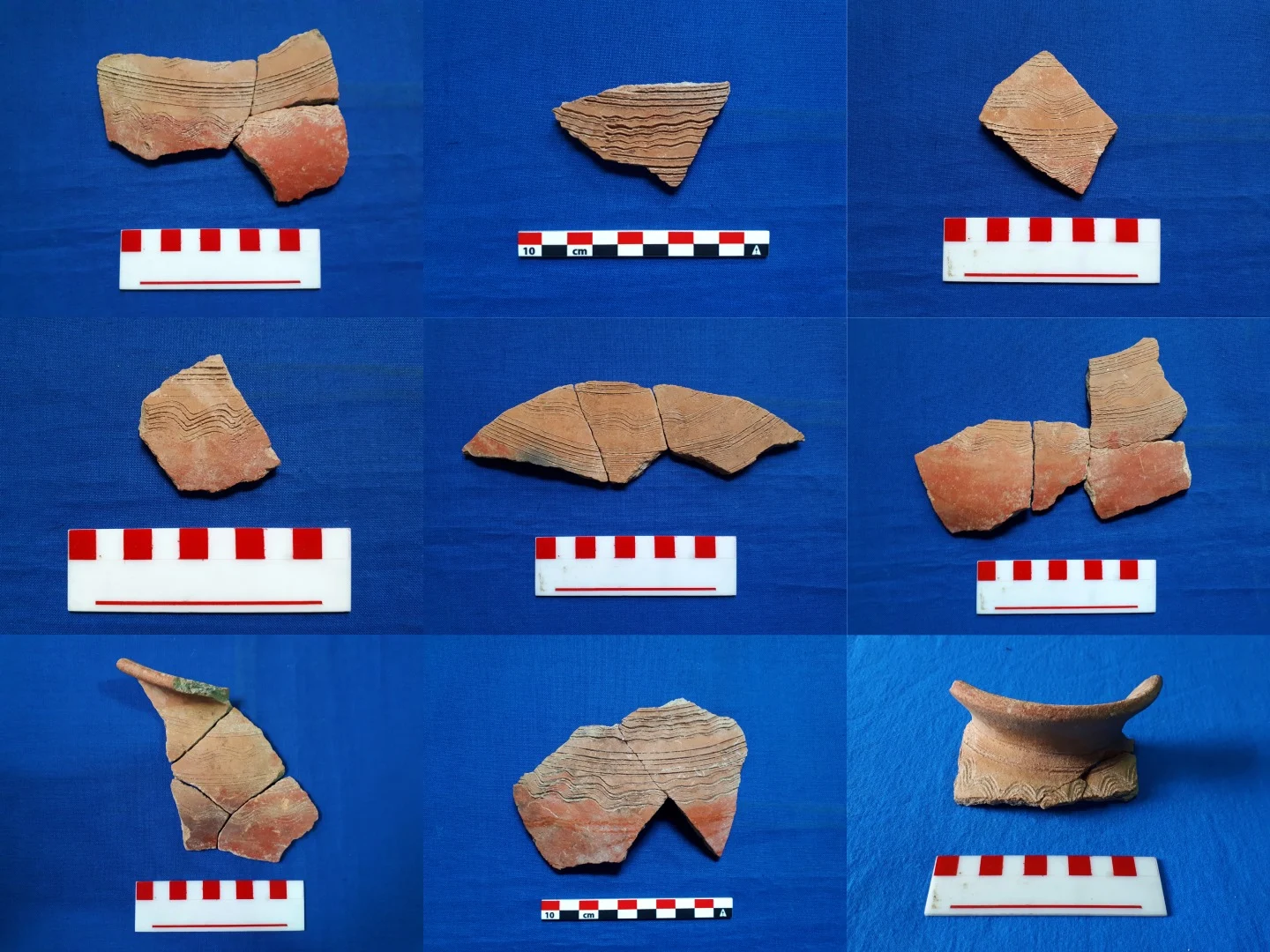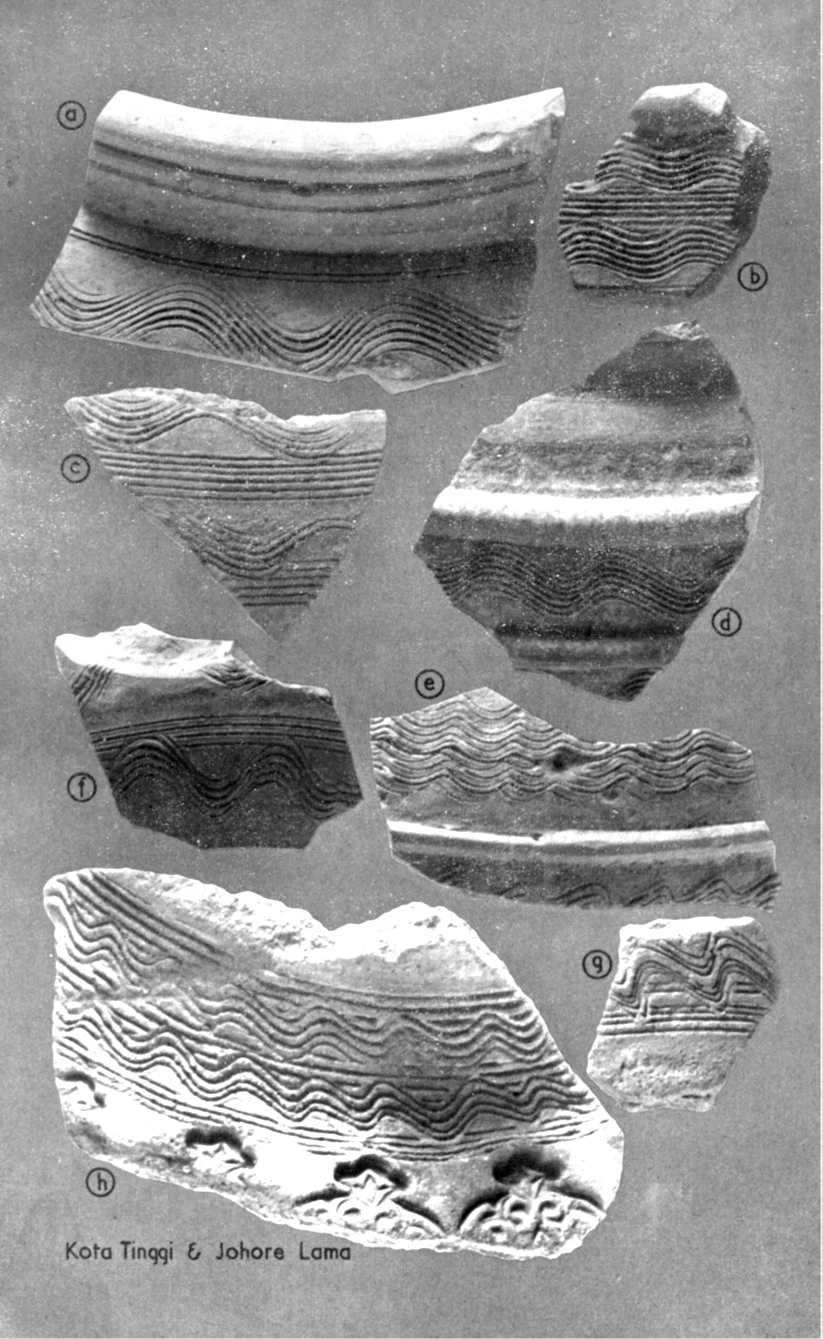Pottery from the Ruins of Iglesia de San Ignacio (San Ignacio Church) Intramuros [Archeological Finds]
This article features some of the earthenware pottery excavated from an archaeological site within the historic walled city of Intramuros.
Intramuros, Manila is an interesting area for archaeological research in the Philippines due to its rich socio-cultural history. It was the original site of pre-colonial Maynila, which was the 15th to mid to 16th century political and economic center of the archipelago. Built on the ruins of the old settlement, it includes the residence and wooden palisade of its last chieftain Raja Soliman, where the Fort Santiago currently stands.
 |
| Museo de Intramuros – The current Museo de Intramuros where the Iglesia de San Ignacio site was located. The building was reconstructed in 2018 from the ruins of the church. |
The once flourishing coastal trading village became the seat of the Spanish colonial power in Southeast Asia, and remained so for the next 300 years. Several important structures were built within it to accommodate and intensify the Spanish colonial government’s administrative, religious, educational, military, and commercial activities. Although many of its original buildings were destroyed and left in ruins by natural disasters and conflicts, especially during the Battle of Manila at the end of the Second World War, Intramuros is unique because of its intact walls.
After the war, restoration and preservation efforts were initiated in Intramuros but most of its heritage churches and other structures were not rebuilt. In 1979, the Intramuros Administration (IA) was created and mandated through Presidential Decree No. 1616 in order to restore and develop the walled city as a monument to the Spanish colonial period in the Philippines. It has since closely coordinated with the #NationalMuseumPH for archaeological excavations and conservation efforts of its heritage structures. Archaeological investigations within Intramuros began in the late 1920s through the initiative of H. Otley Beyer, however, majority of the activities took place during the rehabilitation and restoration of the city after the war.
One of the sites studied archaeologically was the ruins of Iglesia de San Ignacio (San Ignacio Church) in Arzobispo Street. It was built in 1889 for the Jesuit Order and was destroyed during the Second World War. After a few years of reconstruction, its edifice now houses the Museo de Intramuros. The site was first excavated by IA in 1981, wherein the original foundation of the church altar and an underground crypt were exposed.
After more than two decades, an NMP team led by archaeologists Angel Bautista and Alfredo Orogo conducted a more extensive investigation of the site in 2008. They excavated a wider area of the crypt and altar foundation, and uncovered other underground architectural features of the church such as the flooring, arched chambers, and a cistern. The artifacts recovered from the deeper excavated levels proved to be interesting.
Ceramics, glass, and metal objects dating from 16th to 19th century CE were found beneath the exposed adobe and brick flooring. These materials were most likely used as backfill during the early constructions in the area. Majority of these finds, particularly the porcelain, dated to the early colonial period in the late 16th to the 17th century.
 |
| The Intramuros Pot Shard |
Earthenware pottery were also found in abundance in the lower levels of the site. Notable among these are what is now known as the Intramuros Pot Shard (IPS) and several pieces of decorated pottery with comb-incised designs.The IPS is a large earthenware rim sherd exhibiting what is inferred to be an ancient inscription around the vessel’s shoulder. It was recovered at a depth of 140 cm below the surface, together with Chinese porcelain fragments dated to the late Ming Dynasty (late 16th to early 17th century CE).
 |
| Various pottery sherds from Iglesia de San Ignacio site of Intramuros with comb-incised wavy and linear decorations |
Esperanza Gatbonton, one of the pioneering leaders of heritage conservation in Intramuros, initially deciphered the engraved writing by comparing it with early Tagalog and Kapampangan scripts. According to her, the writing is possibly a Baybayin script in which a section can be tentatively read as “pa-la-ki”, and interpreted as “a-la-ke” or “alay kay” (roughly translated as “an offering to…”). The Filipino historian Ambeth Ocampo also commented on the similarity of the Intramuros Pot Shard to the inscribed earthenware fragments recovered from 16th to 17th century CE shipwrecks off the coast of Guam.
 |
| The inscription on the Intramuros Pot Shard |
Found within the same context as the IPS was a set of decorated pottery sherds with comb-incised linear and wavy designs from underneath the floor of the Iglesia de San Ignacio, at a depth of about 120 to 200 cm below the surface. The designs on these pottery fragments were produced by incising the unfired clay pots with a comb-like tool, creating simple but repetitive patterns of linear and wavy forms. Most of these designs are located at the shoulder part of the vessel, and sometimes painted with a thin red coating called “slip” below it.
In her doctoral dissertation at the University of California, Los Angeles, on the early colonial period of Manila, Ellen Hsieh observed the similarity of these decorated pottery with the incised wavy designs of the 15th century pottery in Calatagan, Batangas. She inferred a possible continuity of local pottery tradition within the region with evidence of cultural development of its production through time.
Noteworthy as well are the similarities of these incised designs with those on decorated ceramics found in 15th to 16th century CE sites in Johor in the Malay Peninsula, near the historical city of Malacca. Considering the regional interactions between the Philippines and the Malay region around that period, it might be possible to see the cultural links through these artifacts.
The IPS is on display in the gallery featuring “Baybayin: Ancient and Traditional Scripts of the Philippines” of the National Museum of Anthropology, while the comb-incised decorated pottery fragments are housed in the National Archaeological Repository. We look forward to showing these to you once we are authorized to open. In the meantime, enjoy our #MuseumFromHome feature and let us know if you have questions. Let us #StaySafeAtHome and join in the community efforts to #BeatCOVID19.
____________________
Credits:
Text and Poster by Timothy James Vitales/ NMP Archaeology Division
Images by the National Museum of the Philippines
© National Museum of the Philippines (2020)





No comments:
Got Something to Say? Thoughts? Additional Information?